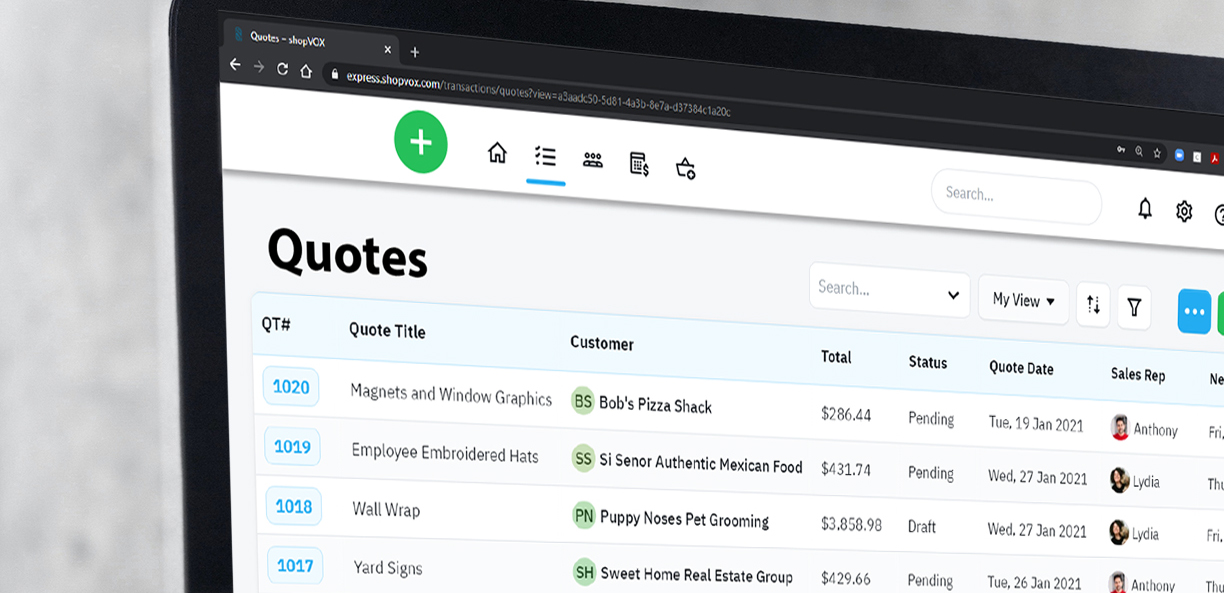Having a thorough understanding of how you should be pricing your goods and services is one of the first and most essential steps on the path to success for any sign shop.
Many sign shop owners are unsure if they’re charging the right price for their products. The good news is that pricing for different sign projects is not rocket science, and there’s an easy way to charge the right price so that you are confident that your pricing is not too high, not too low, and that you’re making a profit. Whether you are pricing a simple banner job or a fabricated monument sign, you can use these simple tips to always be confident in your pricing.
Know your costs
First, you’ll want to understand your cost of materials. Create a list of all the materials you’ll need to complete your project and include how much each material costs. Consider all of the materials you’ll need to fabricate your project in-house and any outsourced materials that you’ll need for the job. These materials might include vinyl, substrates, hardware, LEDs, raceway, etc. Don’t forget about smaller materials such as glue, tape, silicone, and screws. These might be harder to price because each project will require a different amount. We call these “indeterminates,” and we can include the cost of indeterminates as a percentage of the total cost of materials.
Next, determine your cost of labor. You need to figure out how many people will be working on the project and how much time will be required to complete it. You’ll need to know the cost of paying your employee(s) hourly to work on the project. Don’t forget to include a “burden rate” that covers the cost of employment, such as medical insurance, employment tax, and retirement savings. You can estimate the burden rate as a percentage of the employee’s hourly rate. Then estimate the number of hours each stage of the process will take, such as the number of hours for printing, routing, assembly, etc., to get the total labor cost.
Don’t forget to include your overhead costs. These are all costs that go into running your shop (excluding payroll) that are not billed directly to the customer as a good or service. You’ll want to think about your lease, utilities, insurance, phone, etc. Add up your total monthly overhead, divide it down to the hourly rate, and multiply it by the number of hours estimated for the job.
Markups and profit margins
Every sign shop handles profit and markups differently. But, you need to ask yourself what net profit you want at the end of the year. When adding a markup to your costs, you will want to consider how the markup will affect the total price and whether or not that price is competitive in your market. For example, you might have more room to mark up a vinyl job or banner order because your costs are lower in comparison to a monument sign or channel letter sign. Vinyl will yield a 2X, 4X, or even 5X markup and could still be competitive.
However, projects with higher materials and labor costs, such as monuments, will also have a narrower margin for profit. If you doubled or tripled your costs for a monument sign, you will likely price yourself out of the market. It’s crucial to find the appropriate markup for the type of sign project you are producing to stay competitive.
Know your sign market
Though it’s important not to base your business decisions solely on what your competition is doing, you still need to know what they are doing and how to differentiate yourself. You don’t want to position yourself as simply “the cheap alternative” to your competitors. Price isn’t what sells you here — value is.
Do some market research to investigate your competition, starting with a feasibility study. Consider talking to friends and family members who may have employed other sign shops in the past and also review other sign shops’ advertising materials. Ask yourself how you can add more value to your customer without dropping the price. That might be including a free service with the order or producing something extra with the scrap material from the order. This will go a long way to set you apart from your competition.




